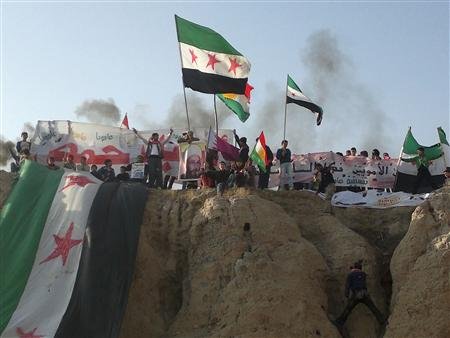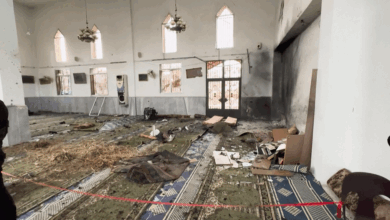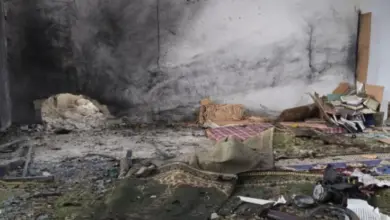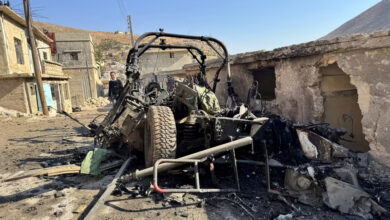
BEIRUT — Syrian security forces fanned out in cities and deployed snipers on rooftops Friday as the opposition called on protesters to march to main squares around the country, activists said.
The presence of Arab League monitors in Syria has re-energized the anti-government protest movement, with tens of thousands turning out this week in cities and neighborhoods where the observers are expected to visit.
The huge rallies have been met by lethal gunfire from security forces, apparently worried about multiple mass sit-ins modeled after Cairo's Tahrir Square.
The Local Coordination Committees (LCC), an activist coalition, said at least 130 people, including six children, have been killed in Syria since the Arab observers began their one-month mission on Tuesday. On Friday, security forces boosted their presence in flashpoint areas across the country, the LCC said.
The nearly 100 Arab League monitors are the first Syria has allowed in during the nine-month anti-government uprising. They are supposed to ensure the regime complies with terms of the League plan to end President Bashar al-Assad's crackdown on dissent.
The plan, which Syria agreed to on 19 December, demands that the government remove its security forces and heavy weapons from cities, start talks with the opposition and allow human rights workers and journalists into the country. It also calls for the release of all political prisoners.
The opposition called on social media for a "march to freedom squares." On Tuesday, tens of thousands of protesters tried to storm the main Clock Square in the central restive city of Homs as observers visited. They were pushed back by security forces using tear gas and live bullets.
The LCC and the British-based Syrian Observatory for Human Rights, said troops, including snipers, were heavily deployed in areas around the country on Friday.
Authorities are apparently worried about multiple mass sit-ins modeled after Cairo's Tahrir Square, which was the focus of protests that toppled Egyptian President Hosni Mubarak in February.
The UN says more than 5000 people have been killed since the Syrian uprising began in March.
On Thursday, security forces killed at least 26 people, four of them shot dead in the Damascus suburb of Douma during a protest by tens of thousands. The crowd had gathered at the mosque near to a municipal building where cars of the monitors had been spotted outside.
The ongoing violence, and new questions about the human rights record of the head of the Arab League monitors, are reinforcing the opposition's view that Syria's limited cooperation with the observers is nothing more than a ploy by Assad's regime to buy time and forestall more international condemnation and sanctions.
Still, the presence of outside monitors has invigorated frustrated protesters and motivated them to take to the streets again in large numbers after months of demonstrations met by bullets had dashed their hopes of peaceful change.
Although the violence against protesters has not stopped, Rami Abdul Raham, who heads the Observatory, said the death toll would have probably been double what it is had there been no monitors on the ground.




